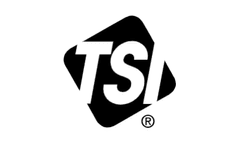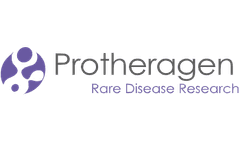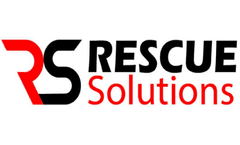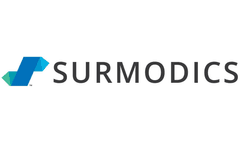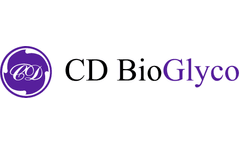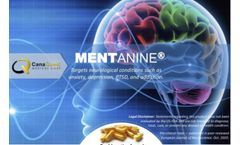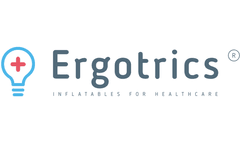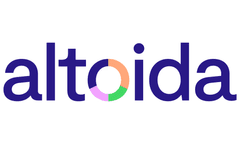Refine by
Blood Brain Articles & Analysis
34 articles found
These compounds operate through various mechanisms, from enzyme inhibition to receptor modulation, targeting the complex systems that regulate heart function, blood pressure, glucose metabolism, and lipid processing. Recent innovations focus on dual-action compounds that simultaneously address multiple risk factors, improving patient compliance and treatment outcomes. ...
High-performance cardiopulmonary resuscitation (HP-CPR) is a technique that emphasizes delivering chest compressions at the correct depth and rate while avoiding excessive leaning and minimizing interruptions. Often referred to as high-quality CPR within the medical community, HP-CPR is a critical skill that anyone can learn to improve survival outcomes for sudden cardiac arrest (SCA) victims. ...
Astrocytes, the star-shaped glial cells in the brain, play crucial roles in maintaining homeostasis, supporting neuronal function, and responding to injury. ...
Crossing Physiological Barriers A formidable challenge in drug development is designing formulations that can cross physiological barriers, such as the blood-brain barrier. Nanoparticles exhibit unique properties that allow them to penetrate these barriers, facilitating the delivery of therapeutic agents to previously inaccessible sites. ...
The dual-purpose mutated membranes of red blood cells improved NPs’ binding to brain and tumour cells and contained PLGA particles encoding Euphorbia factor L1. This combined entity is able to cross the blood-brain barrier (BBB) and blood-brain tumour barrier (BBTB) with systemic injection, ...
Alfa Cytology has introduced its advanced drug development services for brain tumors. Alfa Cytology, celebrated for its cutting-edge biotech solutions and extensive tumor research expertise, has recently introduced brain tumor drug development services, designed to empower researchers in understanding the intricacies and unique challenges associated with ...
Doxil®, a PEGylated liposomal formulation of doxorubicin, is a well-known example used in cancer treatment. Improving Blood-Brain Barrier Penetration The blood-brain barrier (BBB) is a significant obstacle in the delivery of therapeutic agents to the central nervous system (CNS). PEG derivatives have shown the potential to ...
Small molecule drugs are crucial for targeting the molecular pathways and signaling mechanisms involved in the growth and development of brain tumors. These drugs can cross the blood-brain barrier and enter directly into the tumor cells, thus exerting a targeted effect. ...
Promote the binding of nanoparticles to lipoprotein receptor-related protein (LRP), thereby effectively promoting the nanoparticles to cross the blood-brain barrier (BBB), which has potential application value in the treatment of brain diseases. ...
Stroke, also known as transient ischemic attack or cerebrovascular accident, is an acute brain disease. Usually, a sudden rupture of a blood vessel in the brain or a blockage of a blood vessel that prevents blood from flowing to the brain can cause damage to brain tissue, ...
The unique molecular structure enables it to have good tissue penetration, shorter half-life and higher renal clearance rate, and can penetrate the blood-brain barrier. Structurally, nanobodies are composed of complementarity-determining regions and framework regions. ...
Every second counts in any emergency, particularly those involving sudden cardiac events. Training in life-saving procedures becomes pivotal in ensuring that a victim has the best chance of survival. Two terms that often surface in discussions about cardiac emergencies are CPR vs. AED training. While both aim at preserving life during cardiac crises, they serve different functions and involve ...
COVID-19 starts in the upper airways and lungs, but in severe cases can also affect the heart, blood vessels, brain, liver, kidneys, and intestines. Understanding the functional characteristics and cellular tropism of SARS-CoV-2, as well as the pathogenesis leading to multi-organ failure and death, has driven the unprecedented adoption of organoid models. ...
‘This new procedure is similar to a thrombectomy, which is a procedure used to remove a blood clot from blood vessels in the brain after a stroke. The device works in the same way, using a stent to catch the clot and then remove it, but it is bigger – because veins in the legs are much bigger than arteries in the ...
It can effectively combat various ALK-secondary resistance gene mutations, and has strong central nervous system permeability, maintaining high blood concentration in brain tissues. About anaplastic lymphoma kinase (ALK) ALK was first identified in a subtype of anaplastic large-cell lymphoma (ALCL), hence named anaplastic lymphoma kinase (ALK). ...
And just like the protein found in milk, chicken, and egg whites—the protein in turkey contains several amino acids. For tryptophan to cross the blood-brain barrier (BBB) and produce serotonin (the hormone that regulates sleep), it first has to compete with the other amino acids in turkey. ...
The dorsal vagal complex is one of the few crossroads in the central nervous system, where there is no blood-brain barrier and circulating factors in the blood can transmit information directly to the brain. ...
About: CanaQuest Medical is an award-winning, Clinical Stage/Life-Sciences company focused on the drug discovery and development of next-generation targeted therapeutics within the endocannabinoid system and specific brain receptors. The Company is focused on treating neurological conditions, such as epilepsy, anxiety, depression, and Post Traumatic Stress Disorder “PTSD,” including ...
The SIAP study investigates the effect of using Ergotrics' Inflatable Prone Support (IPS) on intra-abdominal pressure (IAP) during spine surgery. Study background The objective of this study is to demonstrate the ability of the inflatable Prone Supports (IPS) to lower the IAP of patients in the prone position. Whenever the patients’ position is changed to prone, the IAP is increased due to ...
It is no secret that glucose, a form of sugar, is the main source of energy for every cell in our bodies, including our brain cells. Because the brain is packed with neurons, it uses more energy than any other organ in the body. Our brains reward us for consuming sugar. Whether you are eating a delicious meal, sharing a kiss with someone you love, or enjoying a sugary treat, the mesolimbic ...


